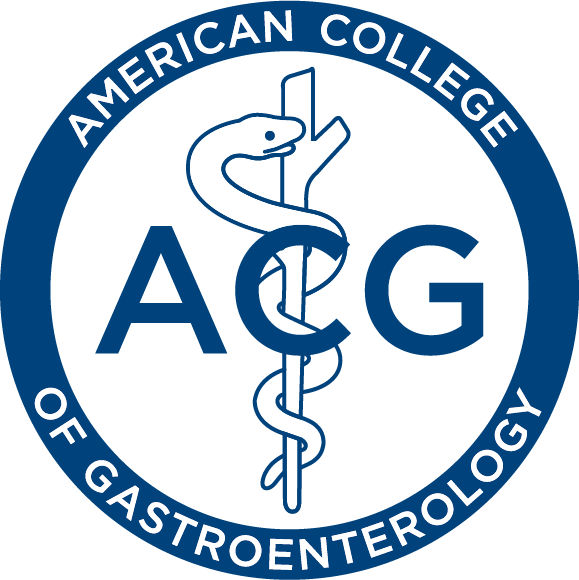Newswise — Bethesda, MD (February 4, 2022) – The February issue of The American Journal of Gastroenterology includes new ACG Clinical Guidelines on acute-on-chronic liver failure, the College’s first set of guidelines on a condition that is emerging as a major cause of mortality among patients with cirrhosis and chronic liver disease. This issue also includes studies of relevance to the general public, including articles on how sleep position affects nocturnal gastroesophageal reflux and the relationship between physical activity and nonalcoholic fatty liver disease, the most common chronic liver condition in the United States. Additional topics include inflammatory bowel disease patient care, endoscopy, hepatitis B, health disparities, colorectal cancer risk, Barrett’s esophagus, and more.
Several articles are highlighted below and access to any articles from this issue, or past issues, is available upon request. The College is also able to connect members of the press with study authors or outside experts who can comment on the articles.
Acute On Chronic Liver Failure Clinical Guidelines
Bajaj, et al.
“In patients with cirrhosis and chronic liver disease, acute-on-chronic liver failure is emerging as a major cause of mortality. These guidelines indicate the preferred approach to the management of patients with acute-on-chronic liver failure and represent the official practice recommendations of the American College of Gastroenterology.”
Associations Between Sleep Position and Nocturnal Gastroesophageal Reflux: A Study Using Concurrent Monitoring of Sleep Position and Esophageal pH and Impedance
Schuitenmaker, et al.
“The results of this study indicate that the left lateral decubitus position is associated with significantly shorter nocturnal esophageal acid exposure time and faster esophageal acid clearance compared with the supine and right lateral decubitus positions.”
Visual Abstract Available Here:
https://lww.com/_layouts/15/oaks.journals/ImageView.aspx?k=ajg:2022:02000:00028&i=ga&year=2022&issue=02000&article=00028
Objectively Measured Physical Activity Is Inversely Associated With Nonalcoholic Fatty Liver Disease: The Rotterdam Study
van Kleef, et al.
“Physical activity at each intensity is inversely associated with NAFLD prevalence, with larger effects for higher intensities of physical activity. This association is mediated by better metabolic health, mainly lower insulin resistance and waist circumference. Physical activity should therefore be incorporated into NAFLD disease management and prevention programs.”
Visual Abstract Available Here: https://lww.com/_layouts/15/oaks.journals/ImageView.aspx?k=ajg:2022:02000:00023&i=ga&year=2022&issue=02000&article=00023
Bristol Stool Scale as a Determinant of Hepatic Encephalopathy Management in Patients With Cirrhosis
Duong, et al.
“[Bristol Stool Scale] is complementary and additive to [bowel movement] frequency in modulating several important outcomes in outpatients with cirrhosis. BSS and BM frequency are modestly correlated, and almost half of the patients exhibit discordance between these stool consistency as measured by BSS and daily stool frequency.”
Visual Abstract Available Here:
https://lww.com/_layouts/15/oaks.journals/ImageView.aspx?k=ajg:2022:02000:00021&i=ga&year=2022&issue=02000&article=00021
Endoscopic Surveillance of Barrett's Esophagus: Using Old Principles and New Technology to Improve Care
Sydney B. Greenberg, MD & Nicholas J. Shaheen, MD, MPH, MACG
Authors review the available technology to provide suggestions for improving BE surveillance, using published guidelines along with clinical experience to describe how they most commonly approach endoscopic surveillance.
Cancer Risk in Patients With and Relatives of Serrated Polyposis Syndrome and Sporadic Sessile Serrated Lesions
Kanth, et al.
“Our study provides evidence of increased CRC risk in patients and FDRs of patients with SPS. We did not find an increased risk of common extracolonic cancers in these groups, reassuring that SPS remains a colonic disease and no surveillance is warranted for other organ systems.”
About the American College of Gastroenterology
Founded in 1932, the American College of Gastroenterology (ACG) is an organization with an international membership of over 17,000 individuals from 86 countries. The College’s vision is to be the preeminent professional organization that champions the prevention, diagnosis, and treatment of digestive disorders, serving as a beacon to guide the delivery of the highest quality, compassionate, and evidence-based patient care. The mission of the College is to enhance the ability of our members to provide world class care to patients with digestive disorders and advance the profession through excellence and innovation based upon the pillars of Patient Care, Education, Scientific Investigation, Advocacy and Practice Management. www.gi.org
###
MEDIA CONTACT
Register for reporter access to contact detailsArticle Multimedia

Credit:
Caption: Associations Between Sleep Position and Nocturnal Gastroesophageal Reflux: A Study Using Concurrent Monitoring of Sleep Position and Esophageal pH and Impedance Schuitenmaker, et al.

Credit:
Caption: Objectively Measured Physical Activity Is Inversely Associated With Nonalcoholic Fatty Liver Disease: The Rotterdam Study van Kleef, et al.

Credit:
Caption: Bristol Stool Scale as a Determinant of Hepatic Encephalopathy Management in Patients With Cirrhosis Duong, et al.
CITATIONS
The American Journal of Gastroenterology



